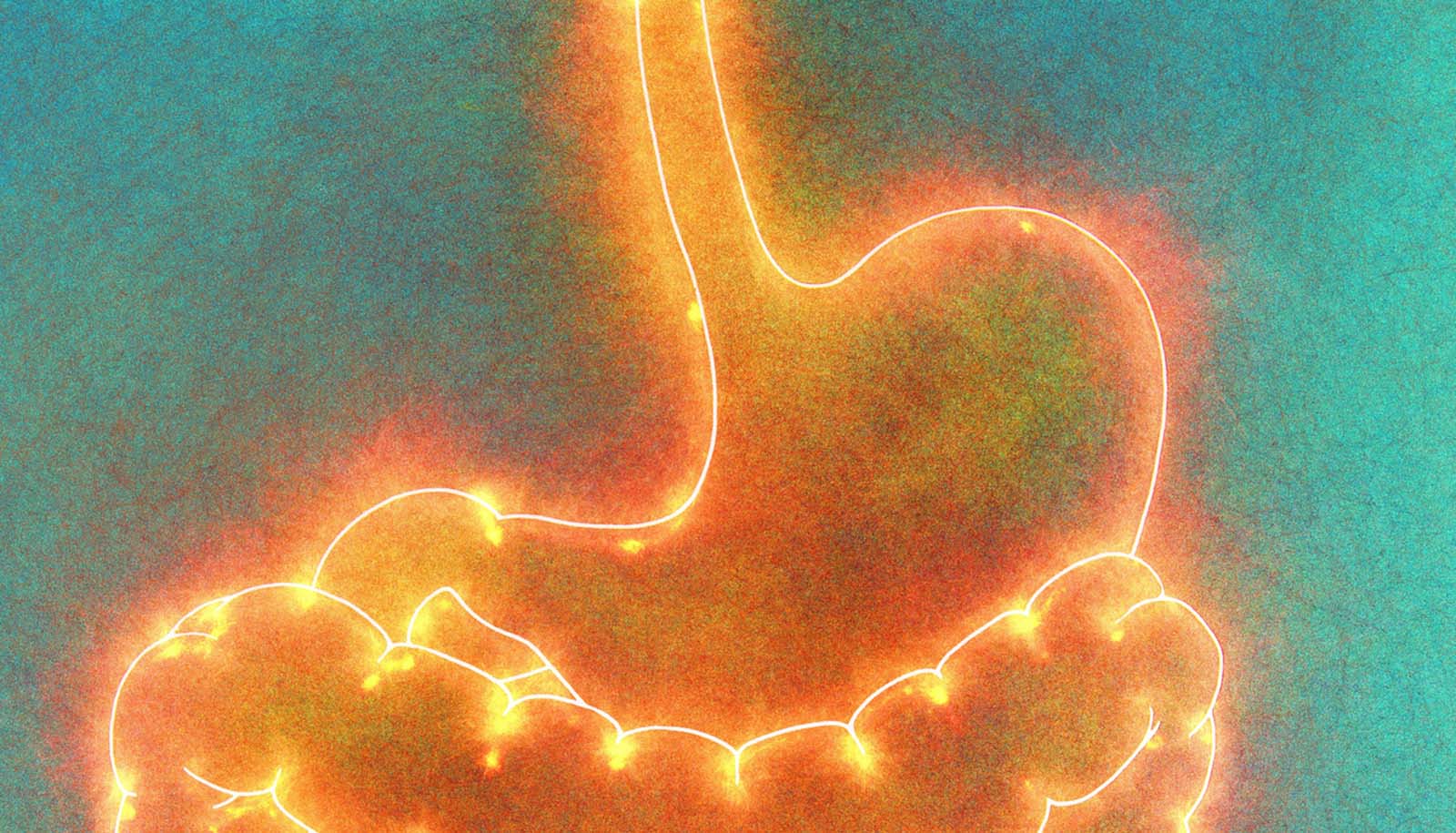Aging is impossible to stop in multicellular organisms, a new mathematical study suggests.
“You might be able to slow down aging but you can’t stop it…”
“Aging is mathematically inevitable—like, seriously inevitable. There’s logically, theoretically, mathematically no way out,” says study author Joanna Masel, professor of ecology and evolutionary biology and at the University of Arizona.
Current understanding of the evolution of aging leaves open the possibility that aging could be stopped if only science could figure out a way to make selection between organisms perfect. One way to do that might be to use competition between cells to eliminate poorly functioning “sluggish” cells linked to aging, while keeping other cells intact.
However, the solution isn’t that simple, Masel and postdoctoral researcher Paul Nelson say.
Stuck between cells
Two things happen to the body on a cellular level as it ages, explains Nelson, lead author of the study.
First, cells slow down and start to lose function, like when your hair cells, for example, stop making pigment. Second, some cells crank up their growth rate, which can cause cancer cells to form. As we get older, we all tend, at some point, to develop cancer cells in the body, even if they’re not causing symptoms, the researchers say.
“It’s just something you have to deal with if you want to be a multicellular organism.”
Masel and Nelson found that even if natural selection were perfect, aging would still occur, since cancer cells tend to cheat when cells compete.
“As you age, most of your cells are ratcheting down and losing function, and they stop growing, as well,” says Nelson. “But some of your cells are growing like crazy. What we show is that this forms a double bind—a catch-22. If you get rid of those poorly functioning, sluggish cells, then that allows cancer cells to proliferate, and if you get rid of, or slow down, those cancer cells, then that allows sluggish cells to accumulate.
“So you’re stuck between allowing these sluggish cells to accumulate or allowing cancer cells to proliferate, and if you do one you can’t do the other. You can’t do them both at the same time,” Nelson says.
‘Why is it that we age?’
Although human mortality is an undisputed fact of life, the researchers’ work presents a mathematical equation that expresses why aging is an “incontrovertible truth” and “an intrinsic property of being multicellular,” Nelson says.
“It’s no surprise that we’re all going to die; lots of things are obvious because they’re so familiar to us, but really, why is it that we age? We start to explain why,” says Masel.
Healthy stem cells may keep aging muscles young
“People have looked at why aging happens, from the perspective of ‘why hasn’t natural selection stopped aging yet?’ That’s the question they ask, and implicitly in that is the idea that such a thing as non-aging is possible, so why haven’t we evolved it? We’re saying it’s not just a question of evolution not doing it; it can’t be done by natural selection or by anything else,” Masel says.
In the end, things just break over time and—according to the math—trying to fix them can make things worse.
“You might be able to slow down aging but you can’t stop it,” Masel says. “We have a mathematical demonstration of why it’s impossible to fix both problems. You can fix one problem but you’re stuck with the other one. Things will get worse over time, in one of these two ways or both: Either all of your cells will continue to get more sluggish, or you’ll get cancer. And the basic reason is that things break. It doesn’t matter how much you try and stop them from breaking, you can’t.”
As Nelson says: “It’s just something you have to deal with if you want to be a multicellular organism.”
Friends beat family for aging well
Masel and Nelson outline their findings in the Proceedings of the National Academy of Sciences.
The National Institutes for Health and the John Templeton Foundation supported the research.
Source: University of Arizona



